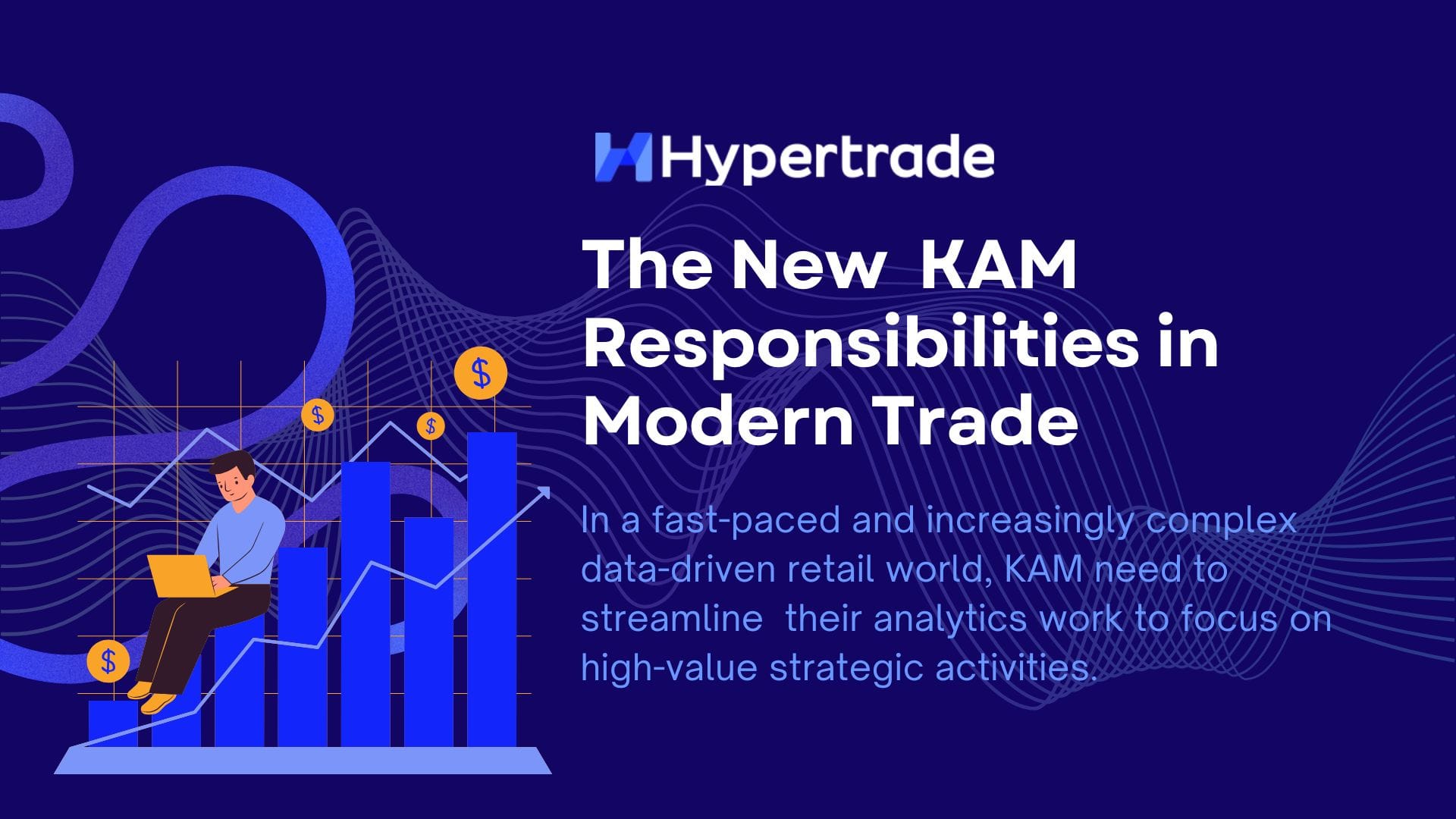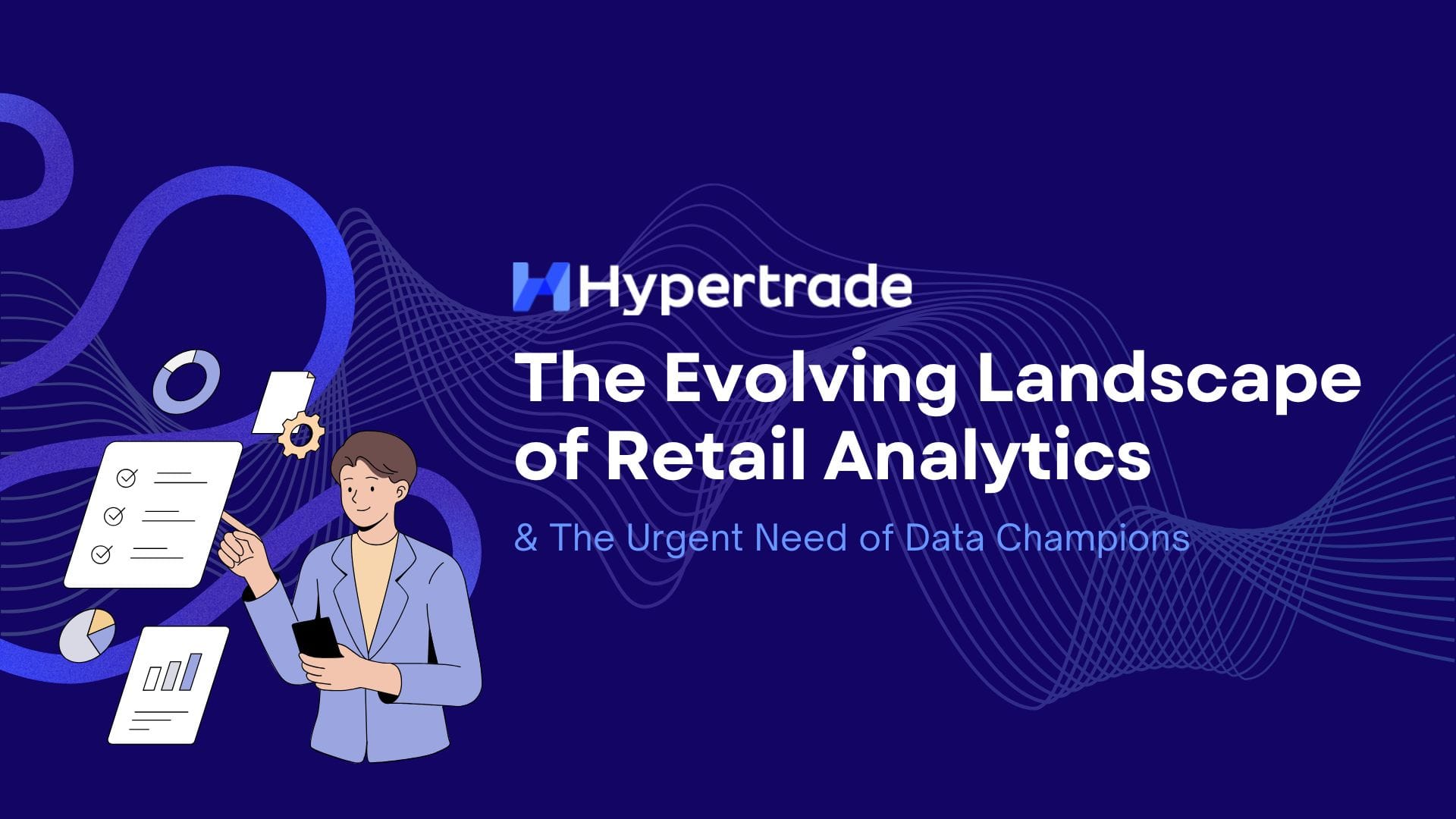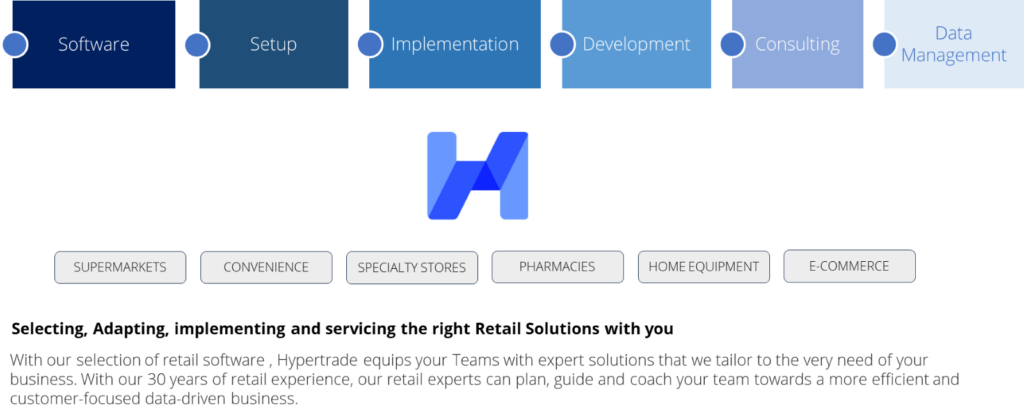Change is hard for everyone, especially when circumstances increase its level of urgency. Digitalization used to be a nice to have and was already a topic discussed during Boards. Today it has become an imperative. The current pandemic we are all experiencing is only accelerating the urgency for move forward and step into the array of Digital Transformation.
The harsh ultimatum is to make it happen now or face the risk of losing touch with today’s marketplace, its Customers and the competition.
Digitization has 2 main objectives: make the business ready for a more digital world and, maybe the most important one, optimize the existing business.
Large Retail companies are hiring international consulting firms to help them in the transition because they can. But what about the other companies? How should CEOs approach this Digital Transformation Journey? For more information
Defining Digitalization
The Merriam-Webster dictionary tells us that “Digitalization is the process of converting something (information mostly) to digital form”. For the retailer, there are 3 things it can digitalize: Its Data, Its Products Offer and its Communication.
The Digital Journey will not only concern the conversion of information into data, but also the use of technologies to process these data to evolve the business model and drive its performances.
In other words, optimize what already exists.A practical approach to this essential journey requires first to look at what it is, and what it is not.
Myth
Digitalization is Complex
If one tries to reach perfection from the beginning, yes, it is complex, expensive and with little chances of success. But in practice, because retailers are already using certain level of technology (at least for their ERP and POS), they have already established the fundamentals of digitalization: they capture data.
There are a lot of solutions out there that can help retailers on the Road Map and Tech side.
If there is one complexity, it is a management one. And it requires a real Leap of Faith.
Myth
Digitalization Mostly Supports Online Commerce
Not really. In countries like Malaysia, The Philippines, Myanmar or even Thailand, Online Grocery Shopping remains small and very costly. Though it is true that E-commerce requires data and the technology and skills to use them, the main objective of Digitalization is to improve how the organization is working. It is necessary because the amount of data to process now is much bigger than in the past, and decisions are more complex.
Digitalization means we can do much more, much faster, with the same Team. Not only on E-Commerce. On all Sales Channels and all Business Units.
Myth
Technology Will Be a Challenge For The Teams
A Good technology is a technology that is accessible by all, easy to understand and interact with. A well design solution will embed the work of employees and make it easier, and faster. Technology is not a challenge.
Selling to Teams the idea to work differently is. While the work objectives will remain the same, decision-making processes will change. A progressive and planned approach is required, not so much because of Technology but to give time to Teams to embrace and support the project. The Digitalization Journey is before all a Team’s Adventure.
Truth
Leap of Faith
There is indeed one leap of Faith required for a successful, economical and effective digitalization approach: retailers must agree to have their data put to the Cloud. This will enable them to access amazing cloud-based tools, from Merchandising to CRM to Data Collaboration, at a very low cost, thus avoiding heavy investments.
If the decision is simple from a technical perspective (it is nowadays quite easy to regularly upload selected data on the Cloud), it often corresponds to a major paradigm shift for many Business Owners. The perceived risk of having Trade Secrets on the web is scary. But the risk is only perceived, and even 100% security can not be guaranteed, it is almost a given.
Even though the data might not have been utilized that well in the past, CEOs understand their value. Shifting to the Cloud can sometimes be perceived as a risk of disclosure, even a loss of control sometimes. Unless the CEO and the Board are willing to invest literally millions in Hardware and hard-to-find and harder-to-keep Talents, the Cloud is the best available option.
Truth
Digitalization Journey is Essentially a Human Adventure
Steve Jobs had this famous quote: “It’s not a faith in technology, it’s a faith in people”. There is one thing even the best Consultants or Service Providers or Colleagues – actually no one – can do for the CEO: Lead.
And everybody knows how difficult that is. From enabling Teams to visualize the benefits the Journey will give them to reducing their fears and turning their resistance to change into a dynamic source of support…This is THE challenge of transforming the organisation.
Before even thinking about Technology and Data, successful Digital Transformation Journeys have been approached like Change Management Programs. Technology will support people, not replace them. Intense Planning and Brainstorming sessions ahead!
Truth
Benefits Are Real And Immediate
For Teams
More purpose: thanks to immediate access to the results of the decision they took for their categories and how their customers reacted, Teams gain in motivation and ownership.
For Management
Better focus: Faster access to Dashboards that deliver in an instant what took weeks to deliver means priorities are quickly identified and measured.
For Customers
Improved experience: supported with Data, Teams understand Customers Better, take faster decisions and can allocate more time to execution. Choice, promotions, pricing and availability are improved.
Truth
Strong And Reliable Partnerships Are Needed
In addition to the CEO’s Leadership and Vision, the other ingredients required for a successful digital transformation is Talents and Experience in the industry, the trade craft and technology.
The first thought many Business Owners might have is to have these talents in-house so not only the solutions are 100% tailor made, but the Talents can help the company improve further. Such an approach is even more understandable when the business has been built from scratch, when all the challenges in the past years have been successfully addressed internally. Still, a thorough costs-benefits analysis might help:
- What type of Talents am I ready to retain vs. Talents for hire?
- How fast can we keep up vs. How fast can a provider innovate?
- How much do we already know vs. How much can we learn?
- Where do we want the dependency to play in our advantage?






